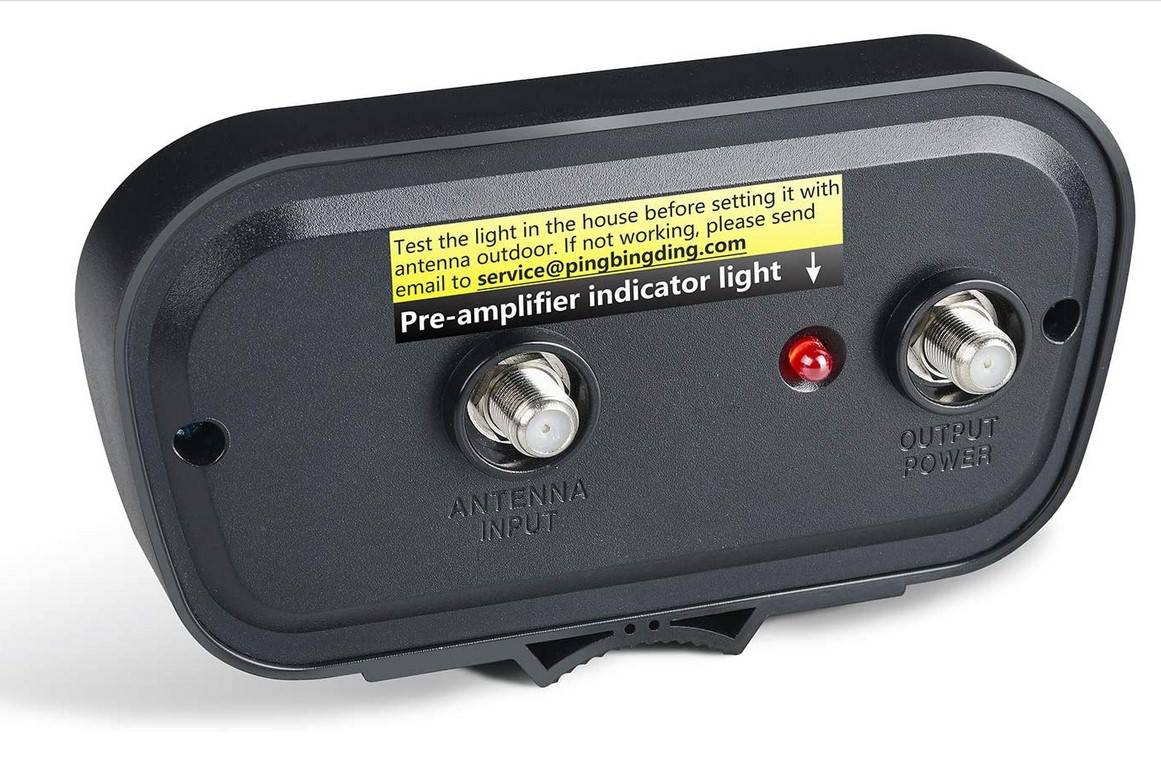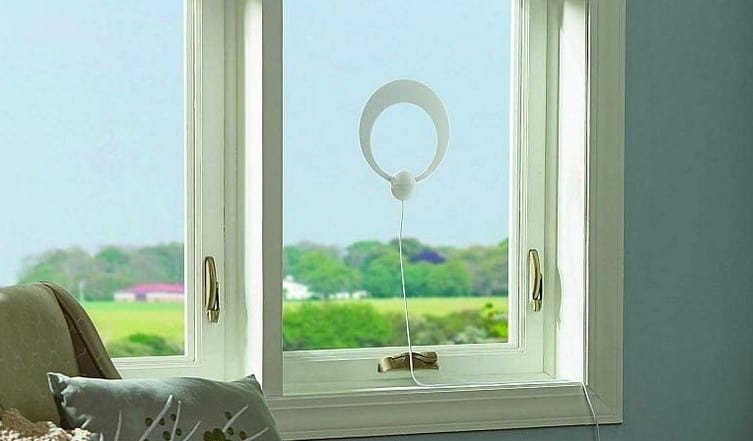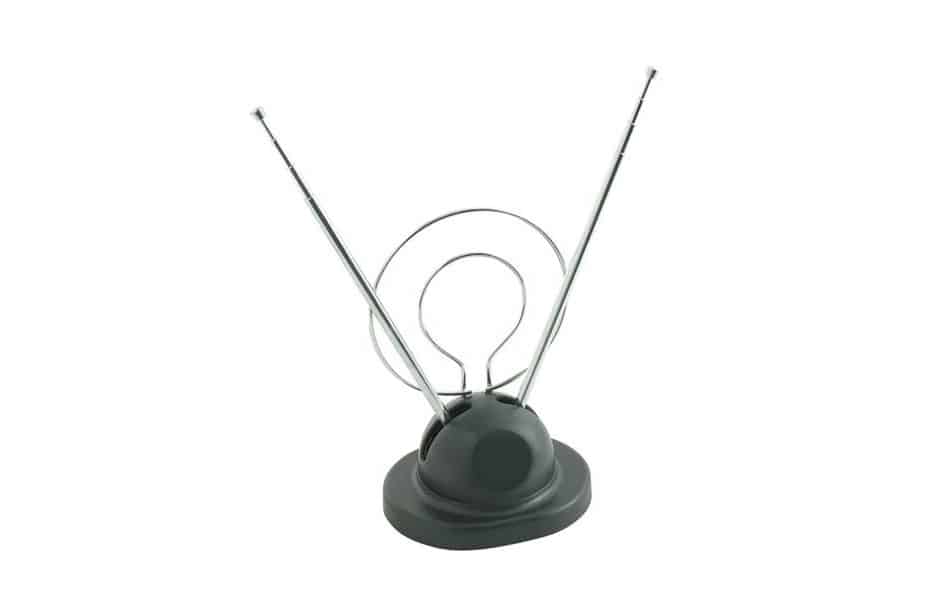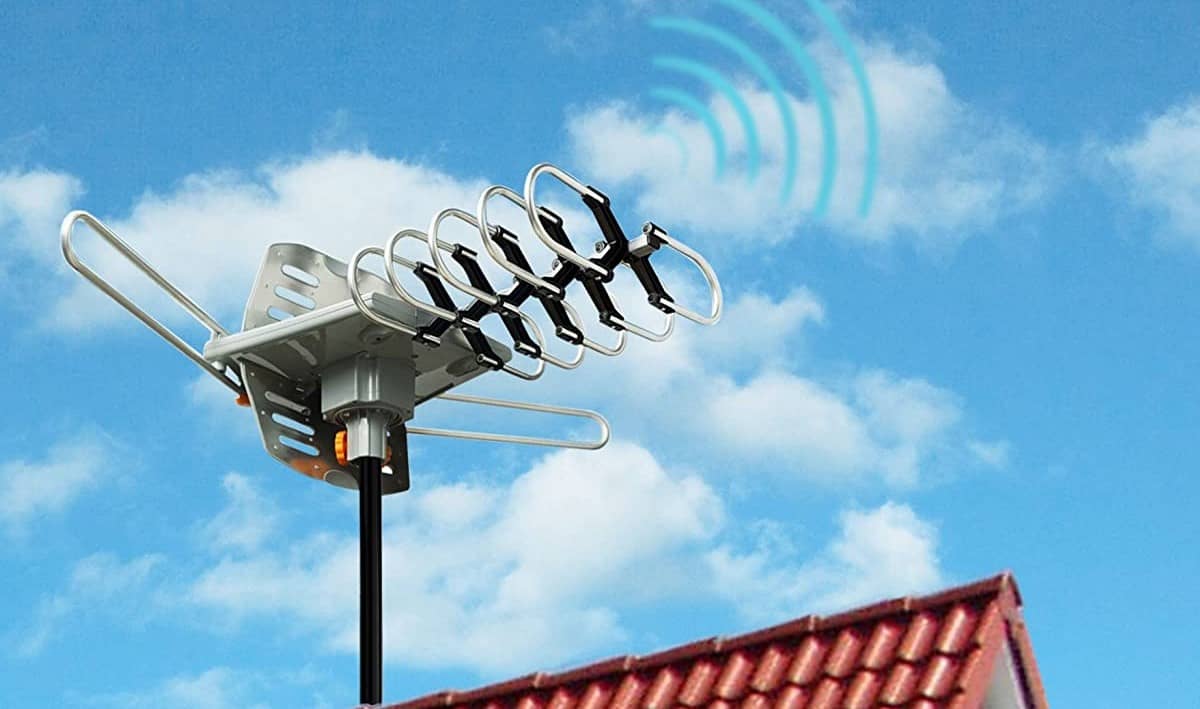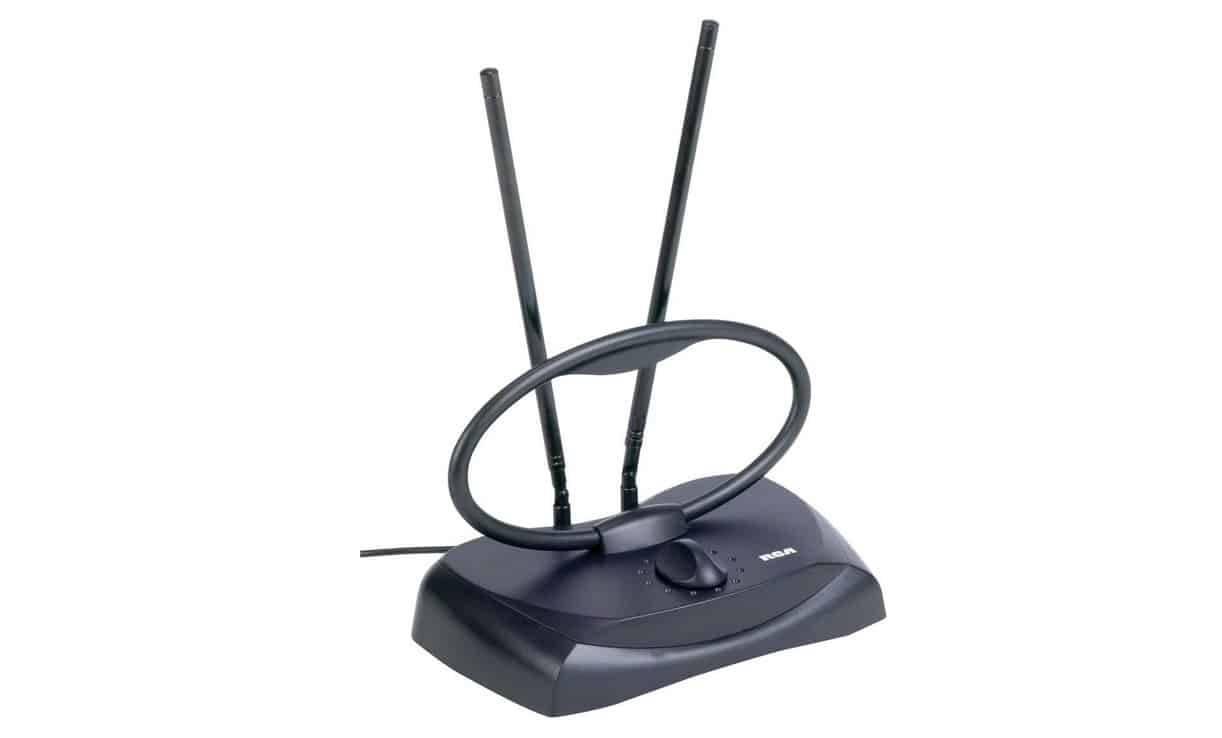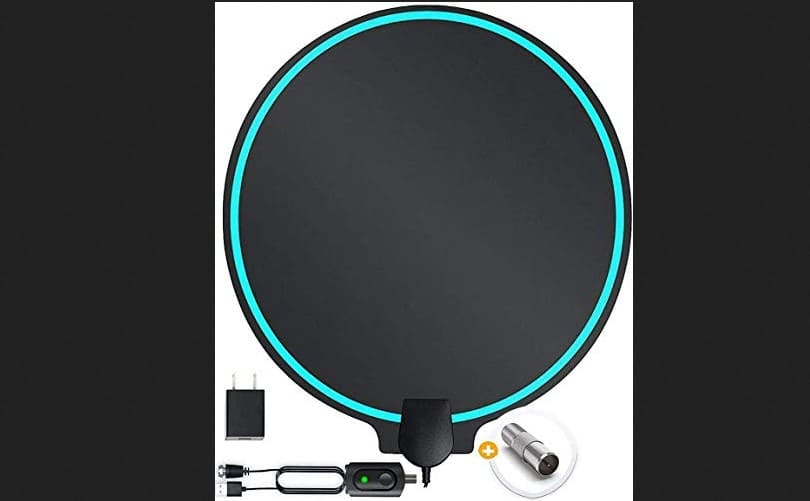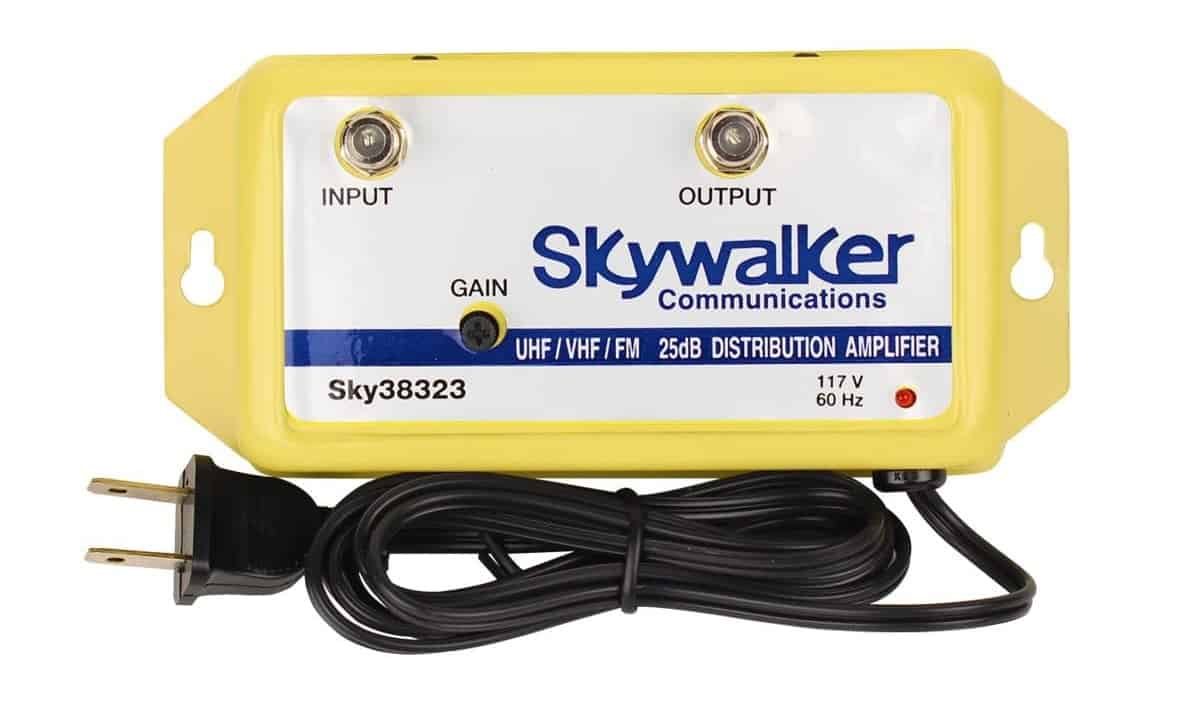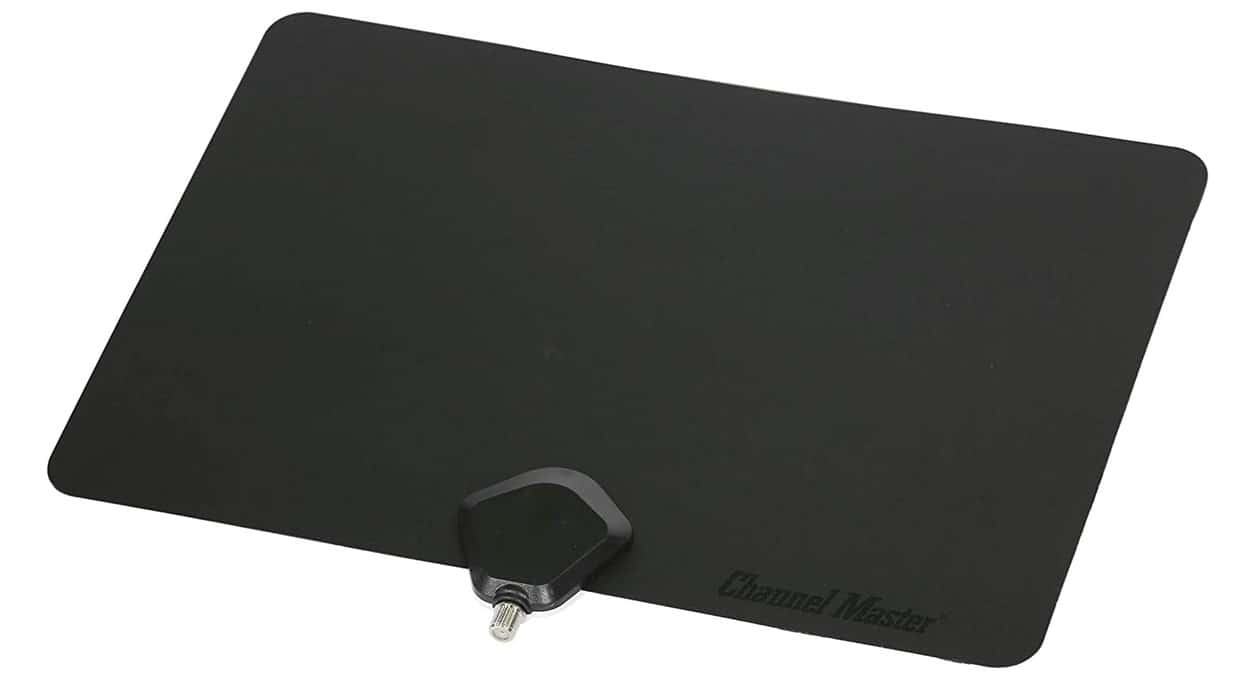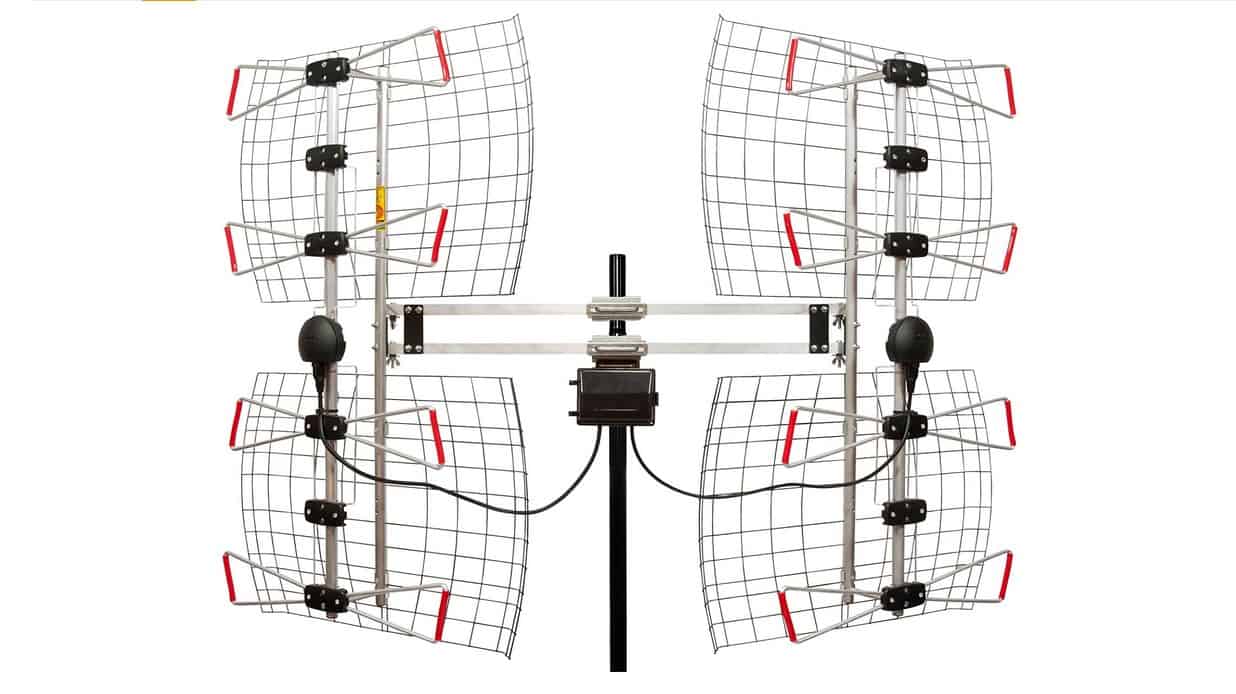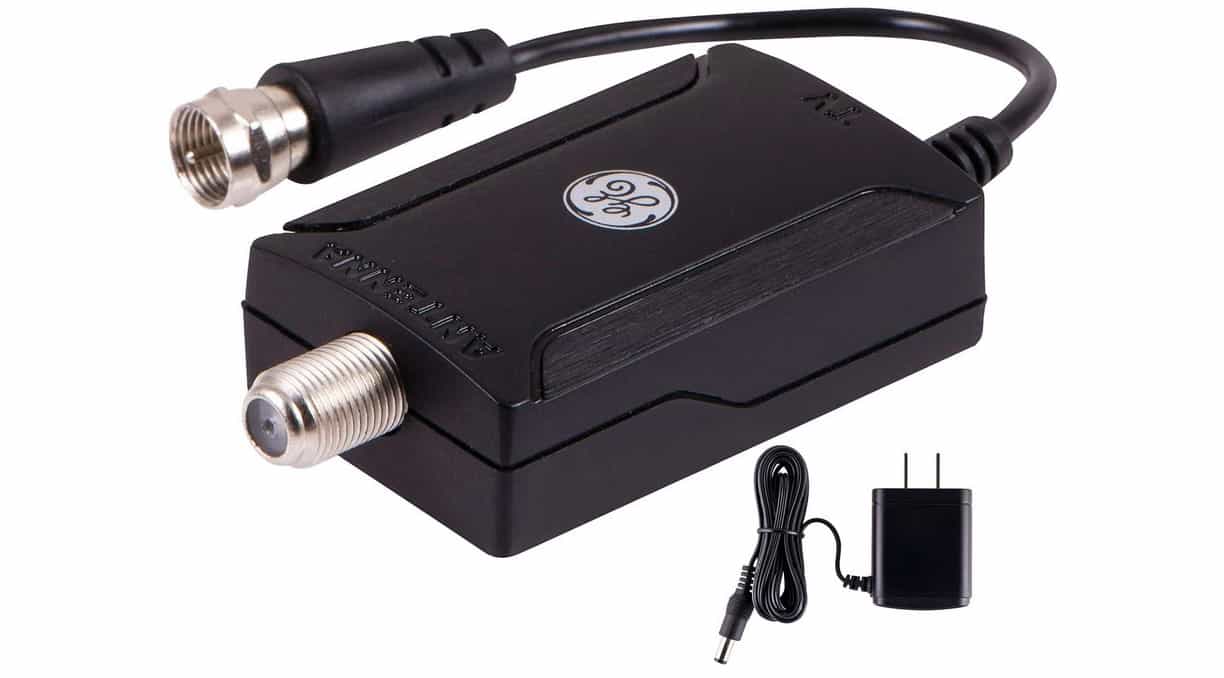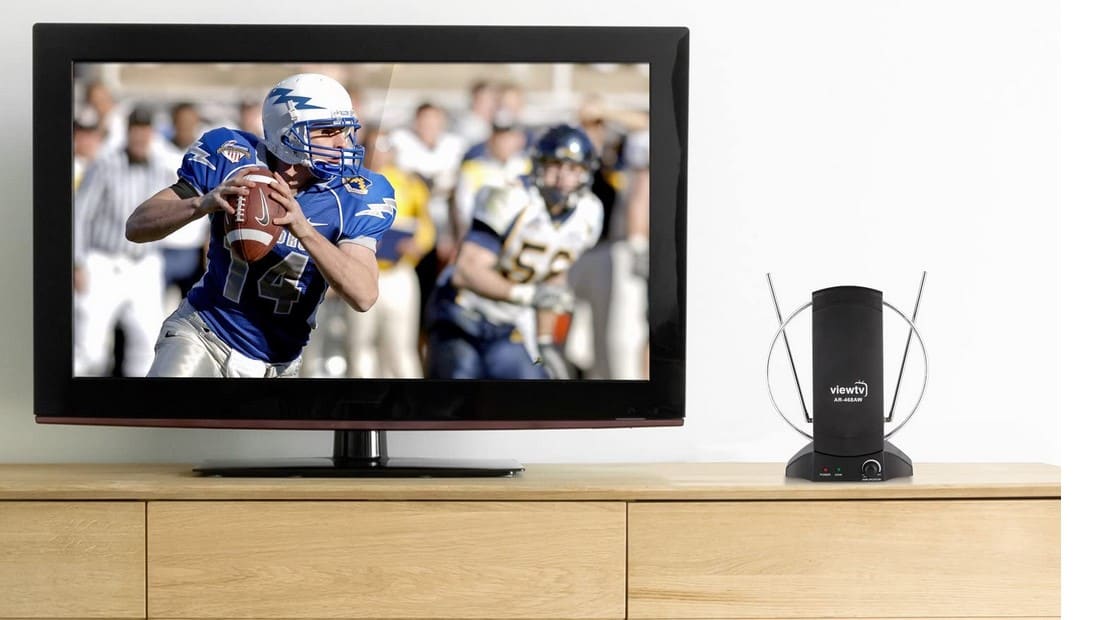The advantages of wall-mounting your TV are many- it saves space, makes a room more inviting, and opens up decorating ideas, but one problem, especially if you’ve got several peripherals, is knowing how to hide TV wires on a wall. It can be an issue even if you’ve got your top rated TV on a stand with a cabinet.
KEY TAKEAWAYS:
- Behind-the-wall cable concealers hide cables more effectively but require the most work and expense
- Running any power cables behind walls without a purpose built kit is not recommended and can violate housing codes
- External cable and cord concealers are the all-around easiest and most cost-effective options for hiding your cables
There are, however, a couple of options when it comes to getting that tangle of cords out of view, regardless of your setup.
Hiding TV Wires- All Your Options
If you want to hide your TV and peripherals’ cables and wires from sight when mounted to a wall, you’ve got a few fairly easy options.
Use a Cable Hiding Kit
The simplest, easiest, and often the most inexpensive method is to use an external or “on-wall” cable hiding kit or cord concealer. Cord concealers can be found at online vendors starting for as little as $18 and work simply by holding all your cables or wires in a long half-cylinder that that’s height-adjustable or easily cut to size, and is usually easily paintable or come in an off-white or white color that will go with most walls.
Related:
DIY Fix
If you want something simpler and even more inexpensive, one popular DIY method is to use plastic hooks or pegs to collect your cables discreetly behind any furniture you have underneath or near your wall-mounted TV.
Any plastic hooks that can be screwed or adhered to furniture easily can be used- simply attach the hooks to the back of your furniture and anchor your cables to them. It’s not as effective as using a cord concealer but it’s easy to do and easy to change, and such hooks are available at any hardware store.
Hide Them in the Wall
One way that will require a little elbow grease but is very effective is to loop your wires behind your wall and out through two discrete holes. This method is only practically doable with drywall walls, and you’ll need a few tools- a power drill and a tape measure at the minimum- and either a cable hiding kit or a DIY method of bunching your cables.
Cable hiding kits made for behind-the-wall installation will generally include a circular drill bit to cut even, clean holes in your drywall, and grommets to cover the space around your bunched cables. Once you’ve cut your holes- ideally connecting close to a wall socket, you’ll run your cables from the input hole to the exit hole and attach the grommets to each hole.
This method requires a bit of time, planning, some tools, and drywall walls, so it’s not the easiest method, but it does hide your cables more effectively than the other most common and practical methods.
F.A.Q.S
What do you need to hide TV wires on the wall?
You can use a cable or cord concealer, which usually screws on with a Phillips head screwdriver or use an adhesive, use the plastic hook method to hide your cables behind nearby furniture, or purchase a behind-the-wall cord or cable concealing kit, for which you’ll need a power drill and a tape measure
Will a cord concealer work with a wall-mounted TV?
Yes, a cord or cable concealer will work just as well with a wall-mounted TV to hide your cables as it will a TV on a base or cabinet.
Why should I hide my cables for a wall-mounted TV?
While it’s certainly not necessary to hide them, hiding your cables will give your entertaining room a cleaner, more sophisticated look, but it will also protect your cables from accidents in high-traffic family homes or homes with pets.
STAT: Behind-the-wall cable concealer kits are made to be housing and electricity law-compliant (source)
STAT: Indoor extension cords aren’t made to be used safely or law-compliantly behind walls (source)
STAT: TV power cables are expressly not made to be run behind walls without using a purpose-built kit (source)
















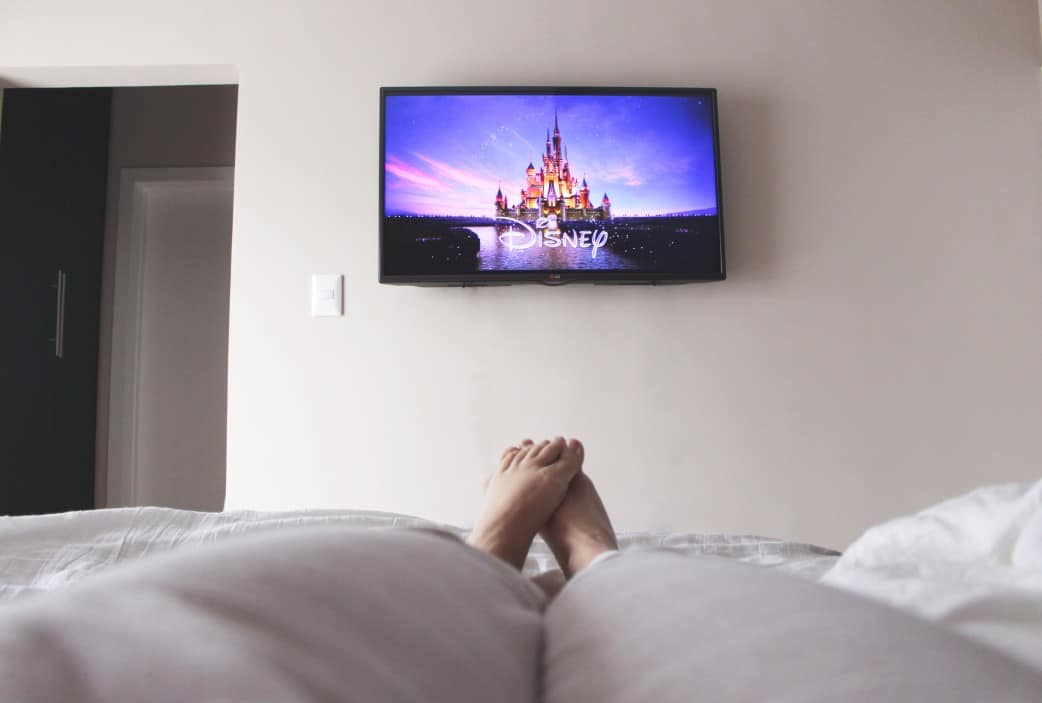




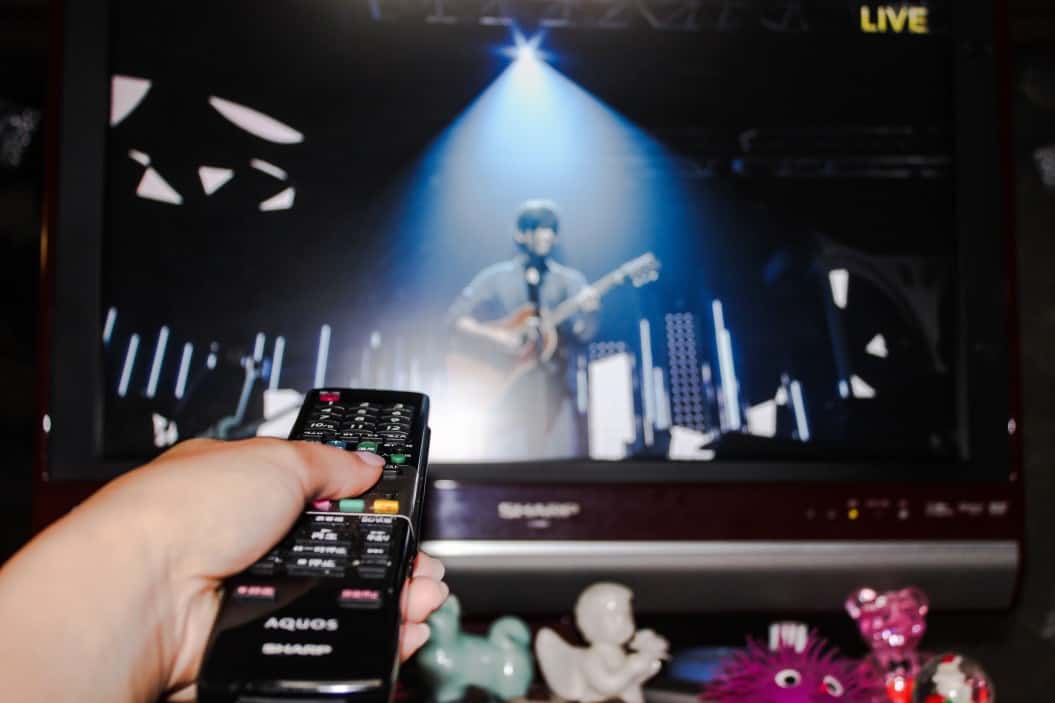
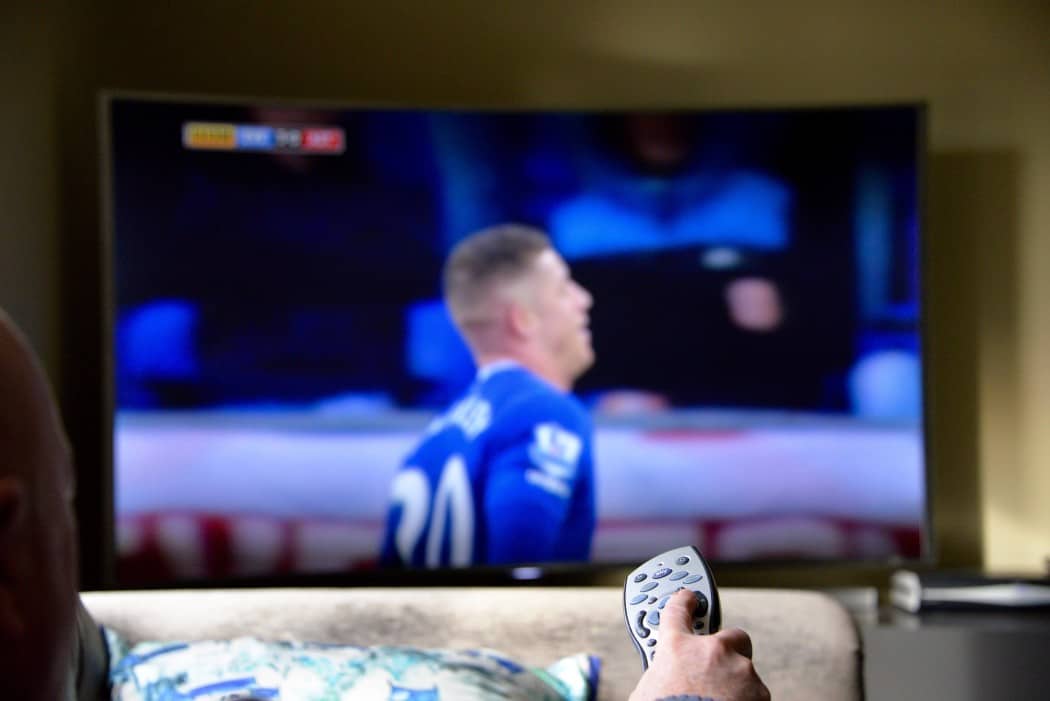

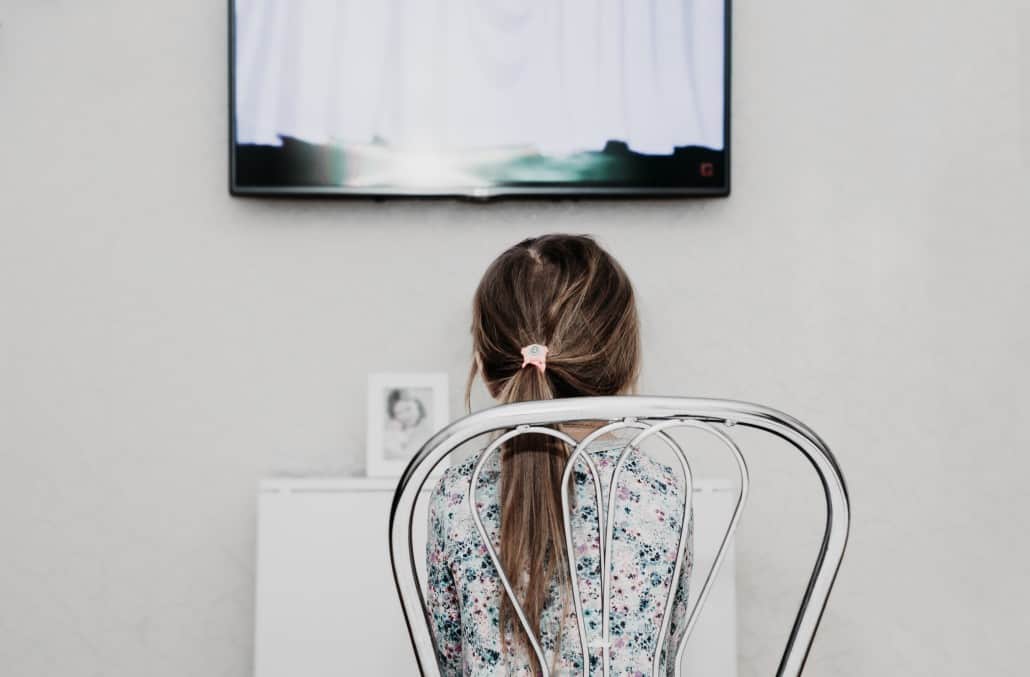
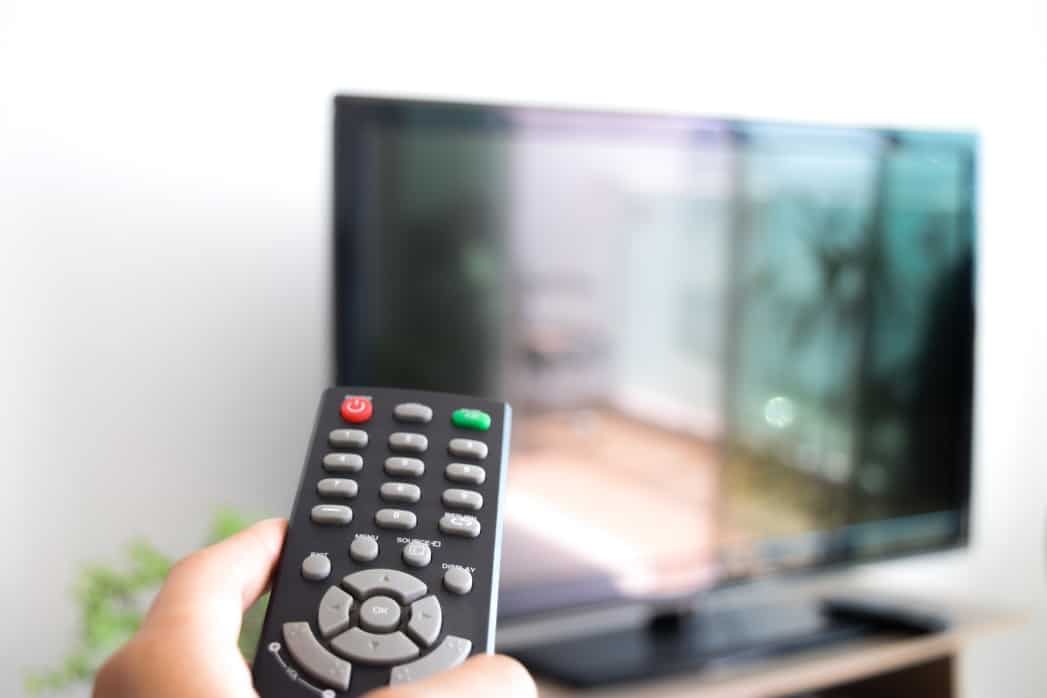
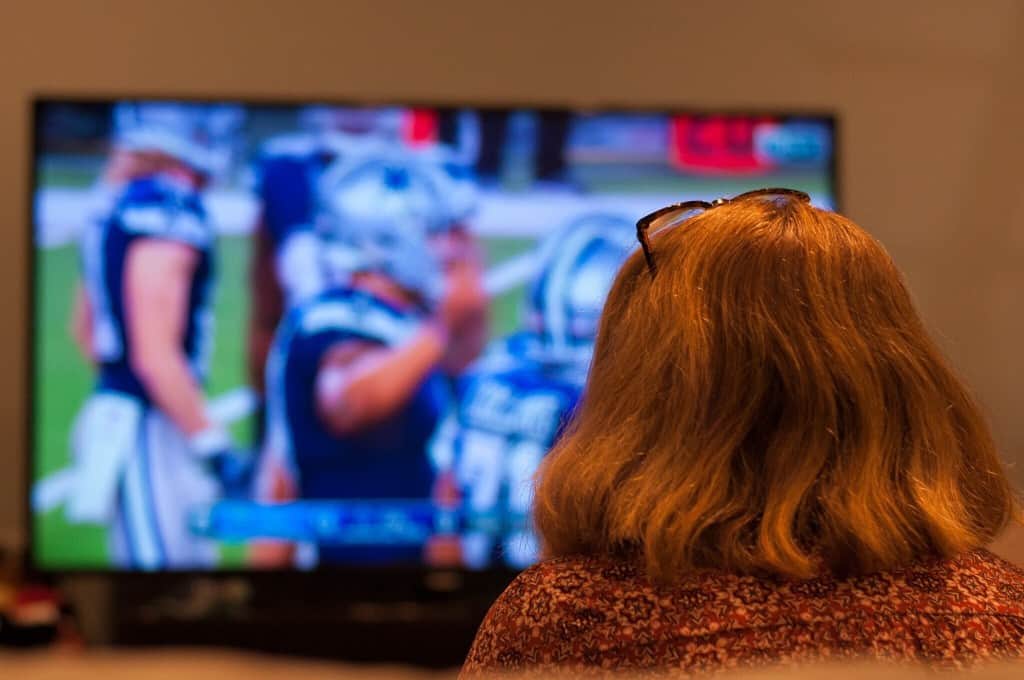






![Best Drones Under the Cost of Ferrari in [year] 25 Best Drones Under the Cost of Ferrari in 2025](https://www.gadgetreview.dev/wp-content/uploads/image-test-3.jpg)
![Best LEDs & LCDs in [year] ([month] Reviews) 26 Best LEDs & LCDs in 2025 (November Reviews)](https://www.gadgetreview.dev/wp-content/uploads/Samsung-UN65RU7100FXZA.jpg)
![Best Streaming Services in [year] ([month] Reviews) 27 Best Streaming Services in 2025 (November Reviews)](https://www.gadgetreview.dev/wp-content/uploads/netflix-750x422-1.png)
![Best Streaming Movie and Shows in [year] ([month] Reviews) 28 Best Streaming Movie and Shows in 2025 (November Reviews)](https://www.gadgetreview.dev/wp-content/uploads/Streaming-reviews.jpg)
![Best TVs in [year] ([month] Reviews) 29 Best TVs in 2025 (November Reviews)](https://www.gadgetreview.dev/wp-content/uploads/Sony-XBR55X810C-TV-1.jpg)
![Best Shows on Amazon in [year] ([month] Reviews) 30 Best Shows on Amazon in 2025 (November Reviews)](https://www.gadgetreview.dev/wp-content/uploads/The-Boys-750x474-1.jpg)
![Best Small TVs in [year] 31 Best Small TVs in 2025](https://www.gadgetreview.dev/wp-content/uploads/best-small-tv-image.jpg)
![Best 60 Inch TVs in [year] 32 Best 60 Inch TVs in 2025](https://www.gadgetreview.dev/wp-content/uploads/best-60-inch-tv-image.jpg)
![Best 50 Inch TVs in [year] 33 Best 50 Inch TVs in 2025](https://www.gadgetreview.dev/wp-content/uploads/best-50-inch-tv-imgr.jpg)
![Most Energy Efficient TVs in [year] 34 Most Energy Efficient TVs in 2025](https://www.gadgetreview.dev/wp-content/uploads/most-energy-efficient-tv-image.jpg)
![Best TVs for Apple TV in [year] 35 Best TVs for Apple TV in 2025](https://www.gadgetreview.dev/wp-content/uploads/best-tv-for-apple-tv-image.jpg)
![Best TV Antennas in [year] ([month] Reviews) 36 Best TV Antennas in 2025 (November Reviews)](https://www.gadgetreview.dev/wp-content/uploads/best-tv-antennas-image.jpg)
![Best Mitsubishi TVs in [year] 37 Best Mitsubishi TVs in 2025](https://www.gadgetreview.dev/wp-content/uploads/best-mitsubishi-tv-image.jpg)
![Best Smart TVs in [year] ([month] Reviews) 38 Best Smart TVs in 2025 (November Reviews)](https://www.gadgetreview.dev/wp-content/uploads/best-smart-tvs-image.jpg)
![Best Conference Room TVs in [year] 39 Best Conference Room TVs in 2025](https://www.gadgetreview.dev/wp-content/uploads/best-conference-room-tv-image.jpg)
![Best Dumb TVs in [year] 40 Best Dumb TVs in 2025](https://www.gadgetreview.dev/wp-content/uploads/best-dumb-tv-image.jpg)
![Best 80 inch TVs in [year] 41 Best 80 inch TVs in 2025](https://www.gadgetreview.dev/wp-content/uploads/best-80-inch-tv-image.jpg)
![Best Shows on Hulu in [year] ([month] Reviews) 42 Best Shows on Hulu in 2025 (November Reviews)](https://www.gadgetreview.dev/wp-content/uploads/The-Handmaids-Tale-750x422-1.jpg)





